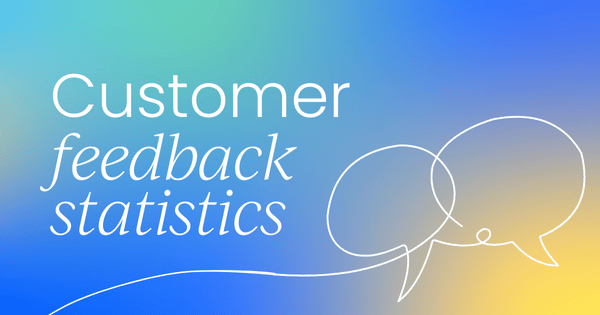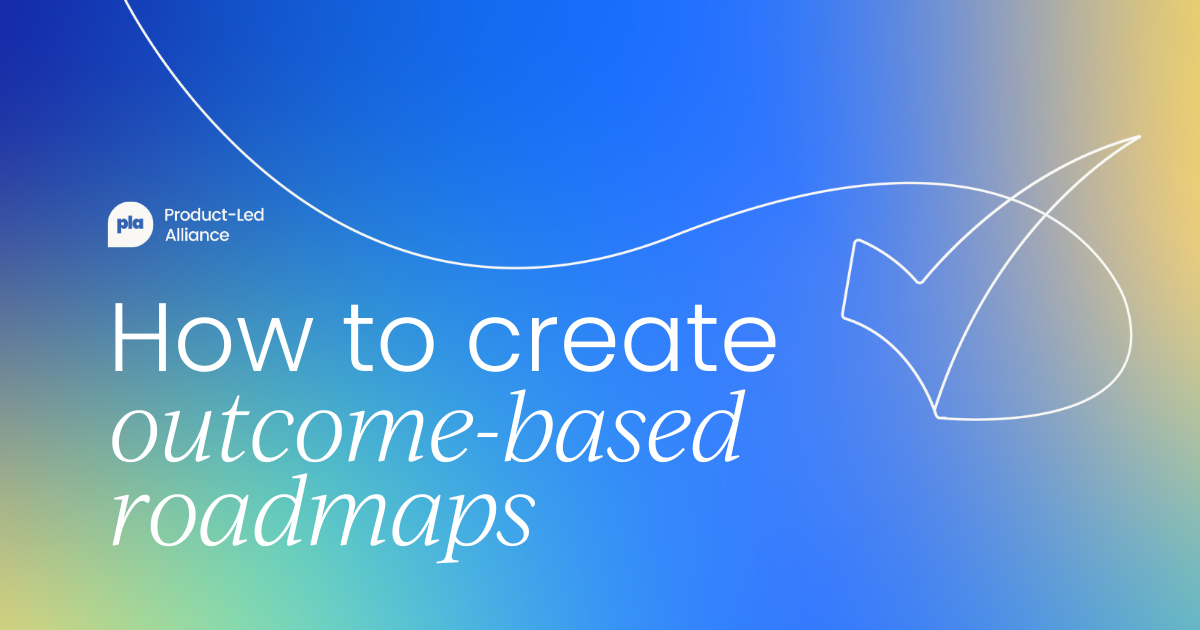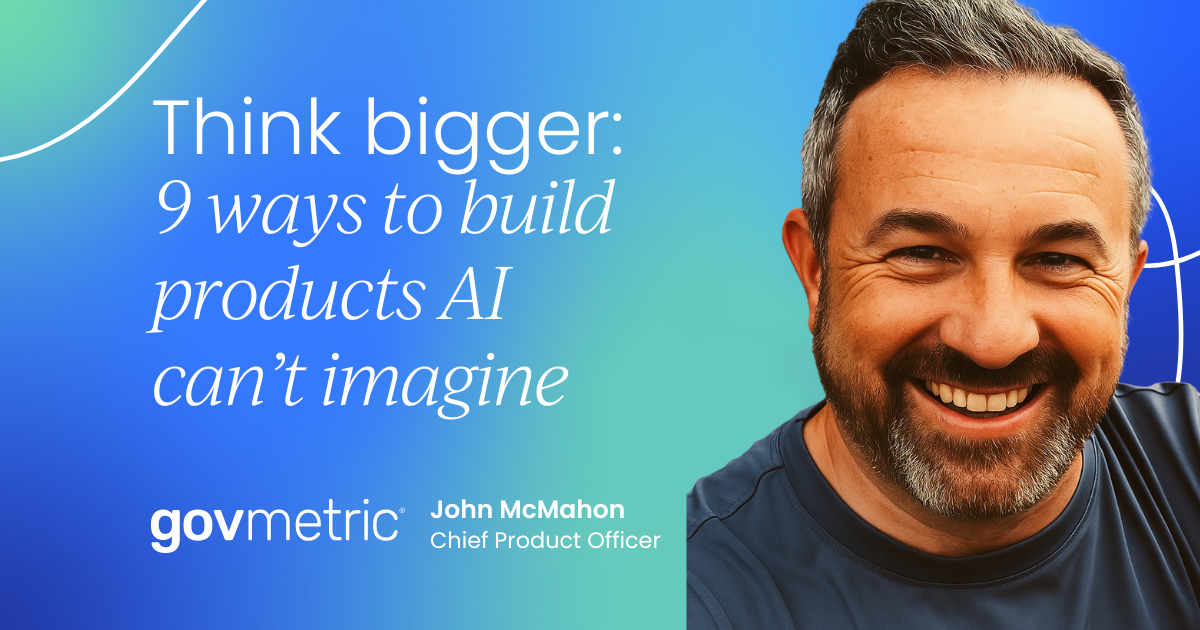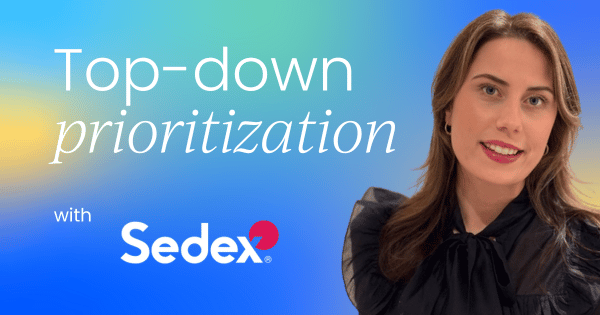Time and time again, I see product teams feeling demotivated by having solutions “handed down to them” by senior management and stakeholders. After all, aren’t we trying to be more… product-led?
There’s a common belief that if we’re truly product-led, the roadmap should be shaped entirely by product teams through discovery, experimentation, and customer insight. So, when priorities appear out of nowhere from above, it’s easy to feel disempowered.
But what if I told you that being product-led doesn’t always mean product teams decide everything that gets prioritized? What if, instead, it meant using product thinking and validation to test any idea, regardless of where it came from?
Contrary to many people’s opinions, I don’t think it’s a bad thing if the C-suite suggests (or sometimes pushes) ideas to feed into the product roadmap. After all, these are leaders who’ve spent years in different markets, industries, and executive conversations.
Their ideas are often grounded in a wider view of the business landscape than many people in the product team get to see day-to-day.
Here’s why your C-suite is one of your biggest assets
They’re in the meetings where you will rarely get a seat at the table.
The truth is, due to hierarchy and seniority, they are far more likely to regularly engage with the most senior person in your customer, partners, or suppliers’ organizations.
They’re getting exposure to their overarching strategies, organizational challenges, and future priorities.
They’re the ones engaging most often with your investors.
Investors are likely to want a say in how your business operates, and they will certainly want to be involved or at least informed when it comes to prioritization.
They have a stake in the future success of your business, and they’ll have ideas on the direction you should be going in.
They’re getting early insight into shifts in the market.
They will likely be meeting regularly with industry experts, consultants, and possibly their equivalents in your competitors' organizations.
They will often be the first to know what’s around the corner, including potential opportunities and threats.

They know better than most how your organization is truly performing.
The C-suite is fundamentally responsible for ensuring that each of its respective departments are achieving company goals. They know the ins and outs of what’s going well and where there is room for concern.
When an idea comes top down, instead of asking, “Why are they interfering?”, a better question might be: “What are they seeing that we’re not?”
Often, rather than seeing this insight as a key asset to enable prioritization and decision-making, product teams can see it as a hindrance to their ability to innovate. (Of course, in an ideal world, all of this insight would be fed down to teams regularly to encourage transparency and greater understanding.)
When I hear, “Why are we building this?” or “How do we know it’s the right thing?”, my answer is often, “Because this is where they’re placing a bet.”
And here’s the truth: all product prioritization is a bet. Whether it comes from a user interview, analytics insight, or boardroom conversation, it’s still a hypothesis until proven otherwise.
So, treat it that way.
Test it fast. Measure rigorously. Learn quickly.
And if it’s wrong, fail fast and move on.

How to have your say in a top-down world
Product teams, including product, design, user research, and engineering, should all be conducting regular, continuous discovery.
This includes:
- Listening to customer calls
- Conducting qualitative and quantitative research
- Assessing the competition
- Analyzing how your existing features are being used
This is how you uncover opportunities and help shape the future of your products. Teresa Torres' “Continuous Discovery Habits” is a go-to book for product teams looking to sharpen up their approach to discovery.
Often, the C-suite steps in with ideas because they aren’t seeing enough insight from below.
So, bring the insight. Show them the opportunity. Speak in terms they understand.

What to do when the C-suite proposes an idea
Let’s remember that product managers are leaders too.
Regardless of hierarchy or reporting lines, PMs play a key role in shaping the company's strategy and enabling the future success of a business.
If you’re approached with a request for a new product or feature, have the confidence to ask and understand where the idea came from.
Was it something they thought of while doing the dishes last night, or is it something they’re hearing regularly in those meetings that you’re not privy to?
Wherever the idea came from, you have 2 main options:
- Say yes, let’s test it as quickly as we can. This allows us to validate these assumptions and see if there is demand or if it will move the needle towards your goal. The faster you test, the lower the risk.
- Say we could do that, but from the continuous discovery we have done [insert your evidence], I strongly believe we should try [this] instead. Read on to see my top tips for building a compelling argument.
Either way, both are positive outcomes. Whichever one you go with, so long as you rapidly test and fail fast, there should be no major damage done.

Top tips for building a compelling argument
Before we dive into the top tips, it goes without saying that if you want to persuade a member of the C-suite, you need to speak in the language that resonates with them most. Think short, sharp, and straight to the things they care about most: business outcomes.
Tip 1: Create a compelling hypothesis
A strong hypothesis is the backbone of any persuasive argument. It shows you’ve thought about your idea, and you’re not just proposing something, you’re predicting its impact.
Use a simple structure to frame your hypothesis:
- If → the proposed change or intervention: e.g., adding a one-click checkout.
- Then → expected outcome: users complete purchases more quickly.
- Measurement → quantifiable impact: 15% increase in conversion rate.
- Timeframe → how long to expect results: within 4 weeks.
This structure forces clarity. It helps decision-makers quickly understand what you want to do, why it matters, and how you’ll measure success.

Tip 2: Focus on how your idea supports company goals
Your idea needs to ladder up to the business’s current priorities. If the company is focused on revenue growth, customer retention, or operational efficiency, make sure your proposal speaks directly to those themes.
Ask yourself:
- How might this help differentiate us in the market?
- Will it drive customer acquisition, retention, or increased lifetime value?
- Could it reduce costs or improve internal workflows?
The more directly your idea maps to executive-level goals, the more likely it is to get support.

Tip 3: Anticipate objections and answer them early.
Strong arguments aren’t just optimistic, they’re well-defended. Think like a stakeholder: What might cause hesitation?
Pre-empt common objections by addressing:
- Cost: What will this take to test, and is it worth the investment?
- Risk: What’s the risk of trying this, and what’s the risk of doing nothing?
- Evidence: Are there internal experiments, competitor examples, or customer feedback that support your case?
By showing you’ve thought through the tough questions, you build credibility and show you’re ready to lead the idea, not just suggest it.
Making peace with “just do it”.
This is something I have learned to accept over the years in product management. Sometimes, the highest-paid person in the room will have the final say, and learning to make peace with that is an important skill to master.
It can be frustrating. But it doesn’t have to be disempowering.
If you’ve:
- Made your case clearly and respectfully
- Shared relevant insights and alternatives
- Put in place the right analytics to measure success
Then you’ve done your job. The rest is out of your hands.
And that’s okay, because being product-led doesn’t mean you always call the shots. It means you bring the right mindset to every opportunity, whether it comes from your users, your data, or yes… your C-Suite.
So next time a top-down idea lands on your roadmap, don’t roll your eyes.
Test it. Measure it. Learn from it.
That’s how you build great products – one validated bet at a time.



 Follow us on LinkedIn
Follow us on LinkedIn








